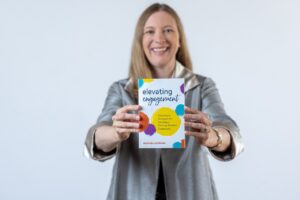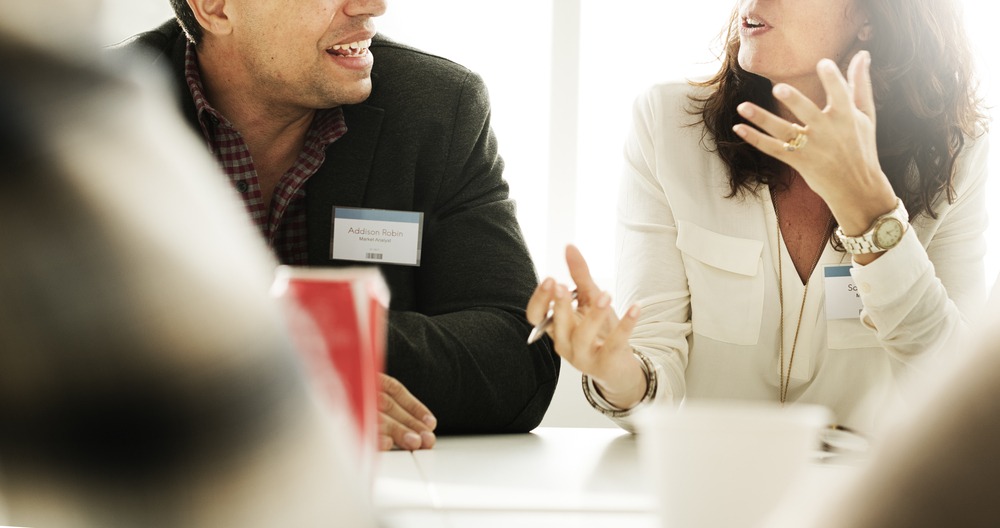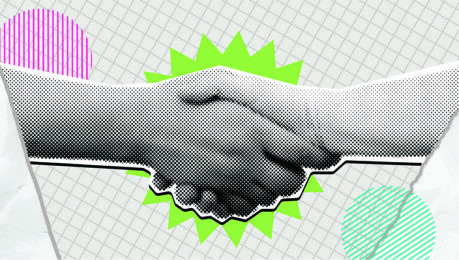Creating a safe, friendly and memorable event
Forging a safe and engaging space can be a tall order for some meeting planners, but there is a road map to creating an inspiring event that will continuously drive engagement for your current and future events.
 To get the low-down on event engagement Smart Meetings chatted with Amanda Lea Kaiser, speaker, engagement strategist and author of “Elevating Engagement: Uncommon Strategies for Creating a Thriving Member Community.”
To get the low-down on event engagement Smart Meetings chatted with Amanda Lea Kaiser, speaker, engagement strategist and author of “Elevating Engagement: Uncommon Strategies for Creating a Thriving Member Community.”
Progressive Participation
Not everyone in your event is going to be a bubbly extrovert. It is always important to remember one size does not fit all. Asking for certain types of engagement from your audience can make the introverts in the room shrink into their seat cushions.
Read More: How to Encourage All Personality Types to Open Up
Kaiser suggests asking attendees to raise their hands if they agree with a statement and raise both hands if they really agree with said statement. “Progressive participation is all about starting really slow, and then kind of making the participation more and more substantial. But by starting slow, it gets people into the habit of participation, and they realize that it’s fun and quick and easy.”
Ask questions without any right answers.
“Everybody comes from very different lived experiences. There’s no statistical right answer. We’re just looking for a directional answer. No answers are wrong. All that kind of stuff makes people feel safe,” said Kaiser.
Power of First Impressions
Because planners only have so many resources, meeting and getting to know every single attendee probably won’t be possible. However, planners can work to make sure that every attendee feels connected and has a firm understanding of what to expect from the initial orientation email.
“If I’m hosting [an event] I’ll send out just a three, four-sentence orientation email. But if you’re doing something like a conference, you can do a whole nice set of quick emails. Especially for [your] newcomers, they don’t know how to dress, they don’t know how to meet other people and all of that. I love the idea of orientation emails, maybe even for a three-day long conference, doing some kind of orientation events where they get to meet other people, and then they’ve got a buddy.”
Kaiser points to the registration table as another big aspect of first impressions between meeting planners and attendees.
“For the attendees, it can really set the tone. If somebody on the other side of the registration table even just smiles at me or says, ‘How was your trip?’ It makes an impression. Or if there are sign holders and greeters. And some conferences will have board members walk around their registration area, and they’ll just talk to people they don’t know. All that kind of stuff makes a humongous difference in people’s minds.”
An Opportunity for Collaboration
One thing Kaiser sees coming out of the pandemic is that there is an opportunity to play with the event format.
“During pre-Covid there was maybe a bit more tolerance for keynotes for panels, where audiences passively learned and took in all kinds of information. And then there was sort of designated networking time,” Kaiser recounted, pointing to how people grew accustomed to various formats during the pandemic.
Read More: How Customized Generational Engagement Can Benefit Meeting Profs
“There’s a lot of formats and a lot of interesting ways to learn and connect. The just being talked to and just a reception are not sufficient formats. I think there’s a big opportunity for a lot more collaboration and co-creation, and contribution. I’m really heartened when I see people talking about how they’re going to make their events much more collaborative where the participants are really working on solutions.”
Would You Be a Dragon or Own a Dragon?
When reaching into the bag of tricks for ice breakers, Kaiser likes to remind herself that ice breakers don’t have to be super serious.
“You know my icebreakers are usually silly questions. Sometimes I’ll ask a question that’s way off topic, but it’s intended to set the tone.”
In a recent online discussion, Kaiser asked the audience: “Would you be a dragon, or own a dragon?” The question was outside of the scope of the topic, but it allowed audience members to think, reflect and be creative.
Regarding in-person events, Kaiser’s approach is a little different.
“I am not your average keynoter. We’re going to work on this together. So, my opening icebreakers are always super short, sometimes funny and require almost no energy to give me a response, because I’m just trying to get them into the habit of realizing that we’re not sitting here for a keynote, the way you think about it. We’re gonna participate now.”





